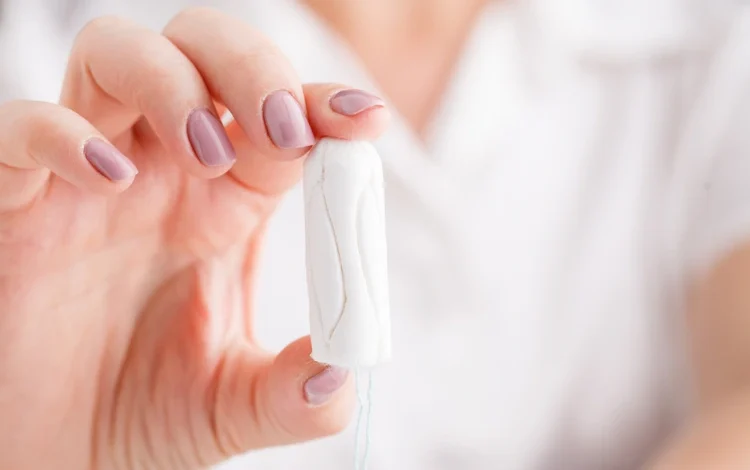Toxic Metal in Tampons Raises Health Concerns
Study Reveals Alarming Presence of Lead and Other Heavy Metals in Popular Menstrual Products

Scientists have discovered alarming levels of toxic heavy metals, particularly lead, in various mainstream tampon products, posing significant health risks to women.
Tampons, used by a vast majority of menstruators in the U.S., have been found to contain contaminants that can easily enter the bloodstream due to the absorptive nature of vaginal tissue. This raises concerns about long-term health impacts, especially since tampons are used extensively throughout a woman’s reproductive years.
“Despite this large potential for public health concern, very little research has been done to measure chemicals in tampons,” said Jenni Shearston, a postdoctoral scholar at the UC Berkeley School of Public Health and UC Berkeley’s Department of Environmental Science, Policy and Management.
In their study, published in the journal Environment International, Shearston and her team from Berkeley and Columbia University analyzed 30 tampons from 14 different brands, evaluating the presence of 16 heavy metals. The findings were troubling, as heavy metals, including lead, were detected across all tampon types and brands.
“There is no safe exposure level to lead,” the researchers noted. “Any proportion of lead that may leach out of a tampon and reach systemic circulation might contribute to negative health outcomes.”
Lead, a naturally occurring toxic metal, can replace calcium in bones and teeth, remaining in the body for decades. Over time, it can accumulate and re-enter the bloodstream, causing various health issues. Lead exposure is linked to neurological and cardiovascular conditions, kidney problems, blood and immune system issues, and reproductive health concerns.
“Of particular note, even low-level exposure to lead can result in neurobehavioral impacts in adults and children, including decreased cognitive function such as impaired attention, memory, and learning ability,” the researchers highlighted.
Children and unborn fetuses are especially vulnerable to lead exposure, with the potential for lead stored in a mother’s bones to re-enter her bloodstream during pregnancy.
The study found that non-organic tampons, those with plastic applicators, and those with higher absorbencies had the highest levels of lead. This indicates a potential increased risk for women using these products.
“Although toxic metals are ubiquitous and we are exposed to low levels at any given time, our study clearly shows that metals are also present in menstrual products, and that women might be at higher risk for exposure using these products,” said Kathrin Schilling, assistant professor at Columbia University Mailman School of Public Health.
The exact mechanism by which these metals enter tampons is not entirely understood. Researchers suggest contamination could occur during various stages of the manufacturing process, with metals being absorbed by cotton through water, air, and soil, or added through pigmentation and whitening processes.
Further investigation is needed to determine how much, if any, of these metals are absorbed into the body from tampons.
“I really hope that manufacturers are required to test their products for metals, especially for toxic metals. It would be exciting to see the public call for this, or to ask for better labeling on tampons and other menstrual products,” Schilling emphasized.
The study underscores the need for increased regulation and testing of menstrual products to ensure they are safe for use, protecting women’s health from potentially harmful exposures.
References:
- Shearston, J., Schilling, K., et al. (2024). “Toxic Metal in Tampons: An Analysis of Heavy Metal Contamination in Menstrual Products”. Environment International.
- Newsweek (2024). “Toxic Metal in Tampons Risks Brain’s Cognitive Function, Scientists Warn”.








